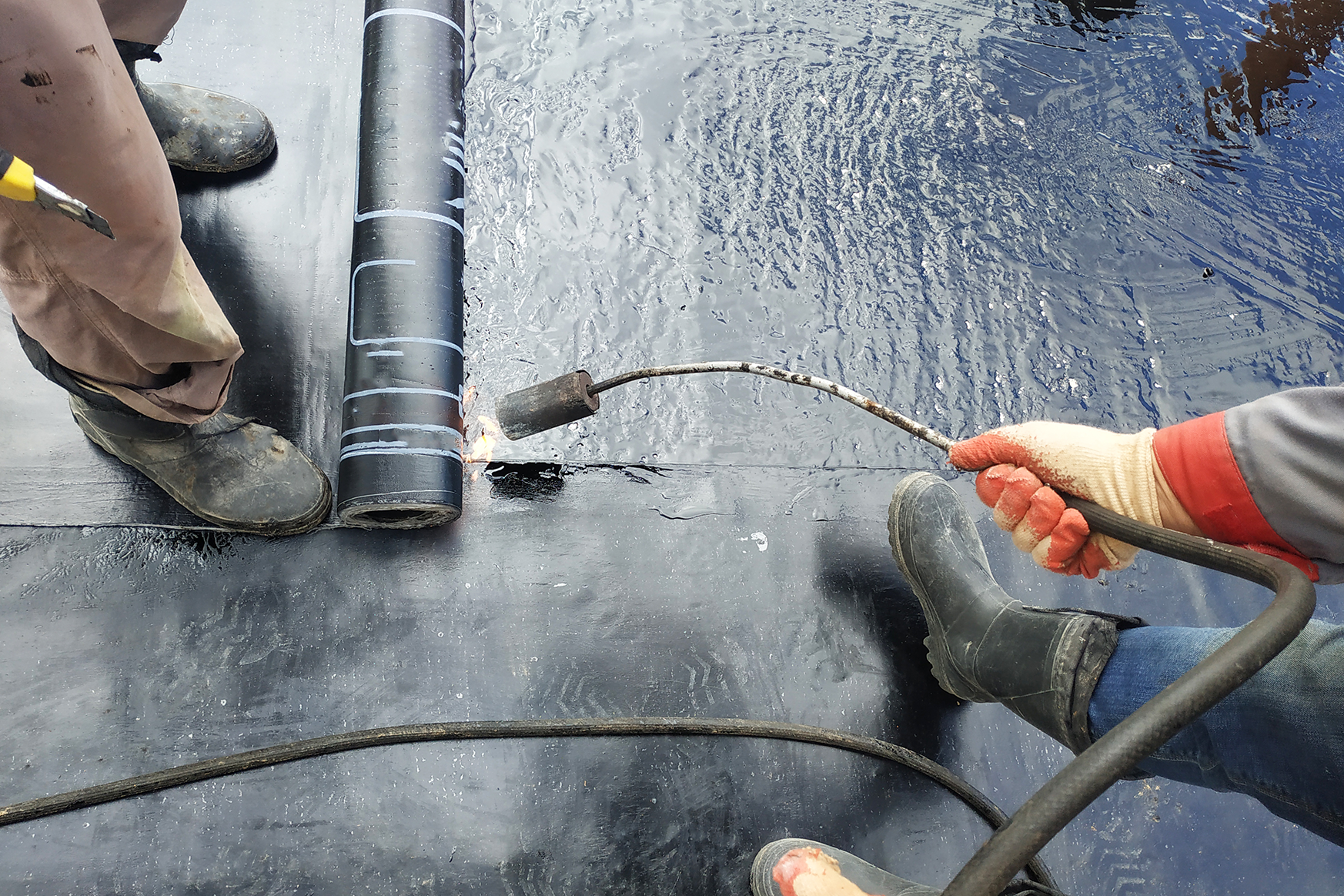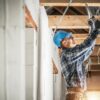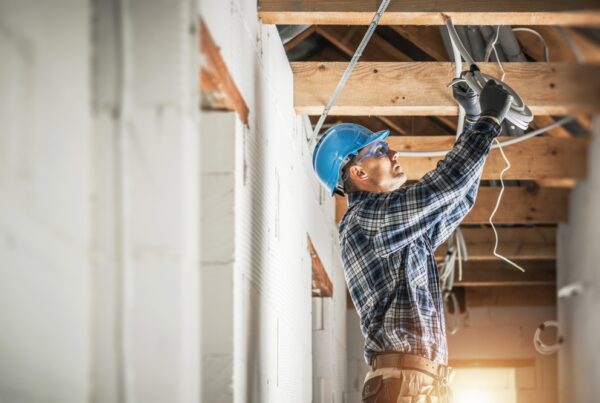Waterproofing is a fundamental construction requirement. However, every year many residential and commercial premises report damage and problems – both short- and long-term – that are associated with inadequate waterproofing of buildings.
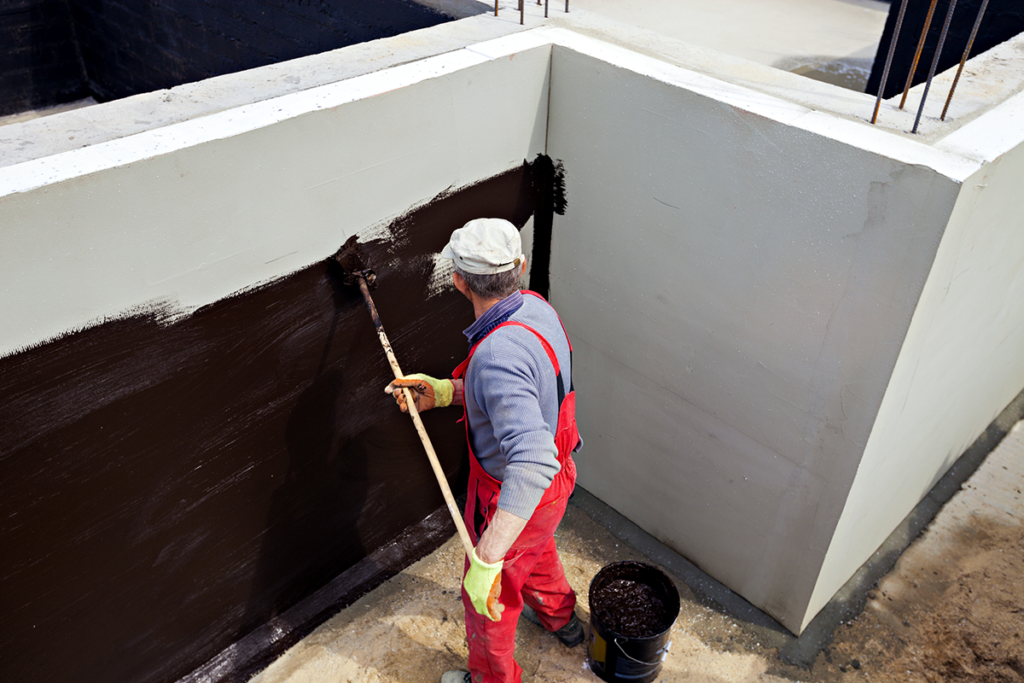
In a regular home, one may be able to spot leaks relatively quickly because of certain tell-tale signs but with larger buildings, it may take longer to see the signs of trouble and by then the damage has already been done.
Taking the time to ensure that a building is waterproofed, to begin with, can prevent damage and expensive repairs down the line, so where possible one needs to ensure that the building’s exteriors are waterproofed with advanced materials that are resistant to harsh climatic conditions, allow breathability and are long-lasting.
The service life of a structure depends on its stability, and this, together with sub-standard building practices, is what affects the ingress of water. All cracks, no matter the size, allow water to penetrate the concrete. This water penetration ultimately affects the steel reinforcement frame of the balcony or building causing it to rust and often leading to concrete spalling (concrete cancer) and structure deterioration. If one does not stop the penetration of water, it will cause serious damage to the building.
With new builds, the legislation and regular work inspections mean less problems creeping in, but for those building developed over 30 years ago, and for those erected close to the ocean, waterproofing is certainly within the top five annual ‘must check’ list.
With the help of modern solutions one can provide waterproofing of the entire structure – the foundation, roof, seams, basements, pools, reservoirs, terraces and balconies. Irrespective of whether one is trying to fix a minor waterproofing problem or negotiating the repair of a commercial building, by the end of this piece you will be much more knowledgeable about waterproofing and what it entails.
Why is waterproofing important?
Waterproofing is one of the construction measures required to ensure the longevity of a building. Yet it can be neglected or considered as an inconvenience rather than a matter of importance. Allowing water seepage is an unparalleled risk to the well-being of a commercial building.
What can happen if the building is not waterproofed?
Poor waterproofing creates serious risks to the integrity of the building. Construction projects can suffer structural damage due to poor or insufficient waterproofing of the roof and concrete, and cracks in the foundation or joints exposing to water can lead to more serious structural problems. These include leaks, spalling and deterioration.
For safety reasons
It is never a good idea to let water and electricity mix. If there is ever wiring exposed to leaks due to insufficient waterproofing, there is a grave danger of electrocution and fire. Water penetration can cause mould and mildew to form; these can trigger allergic reactions and respiratory problems for the people living and working in the building.
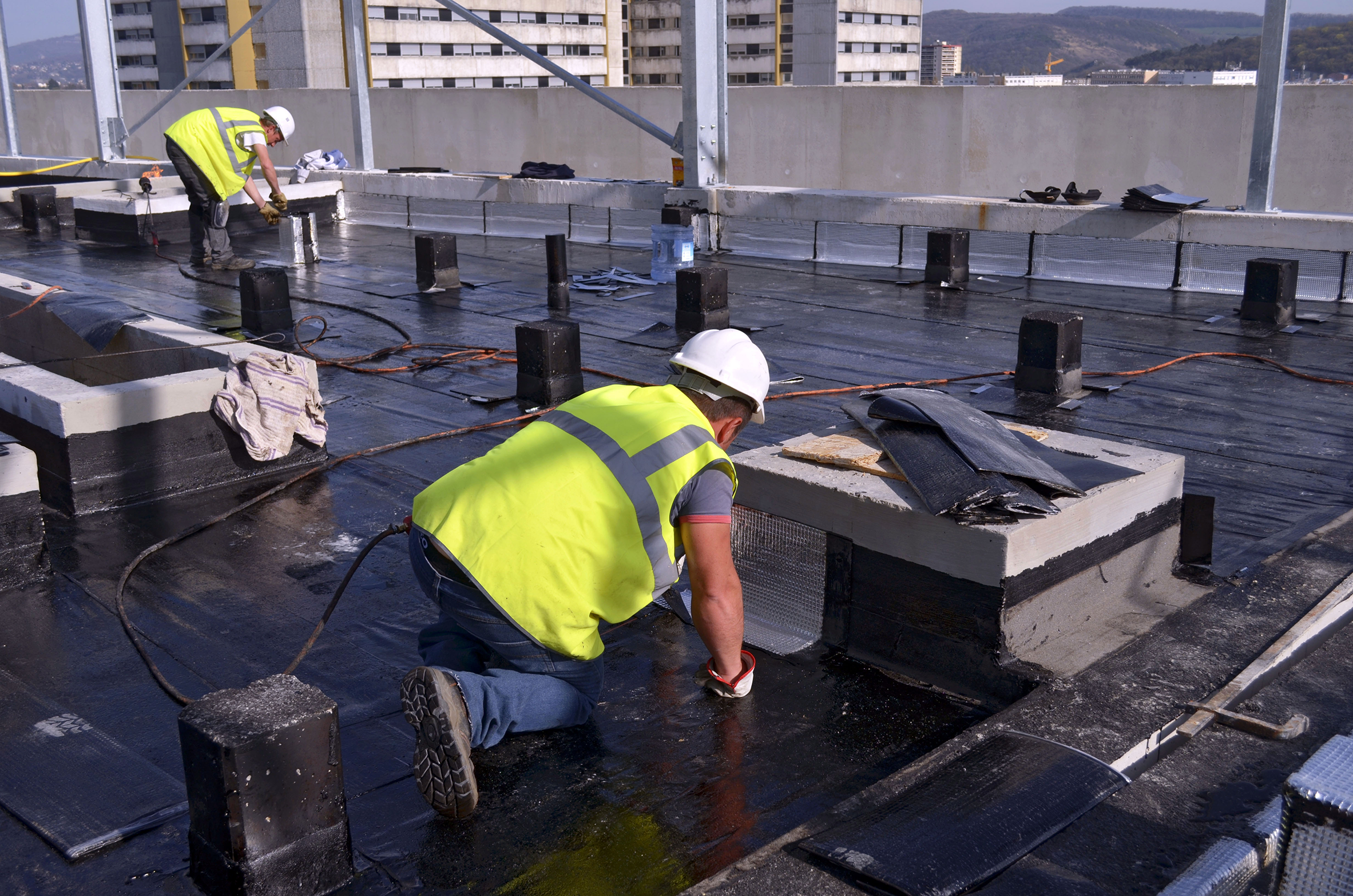
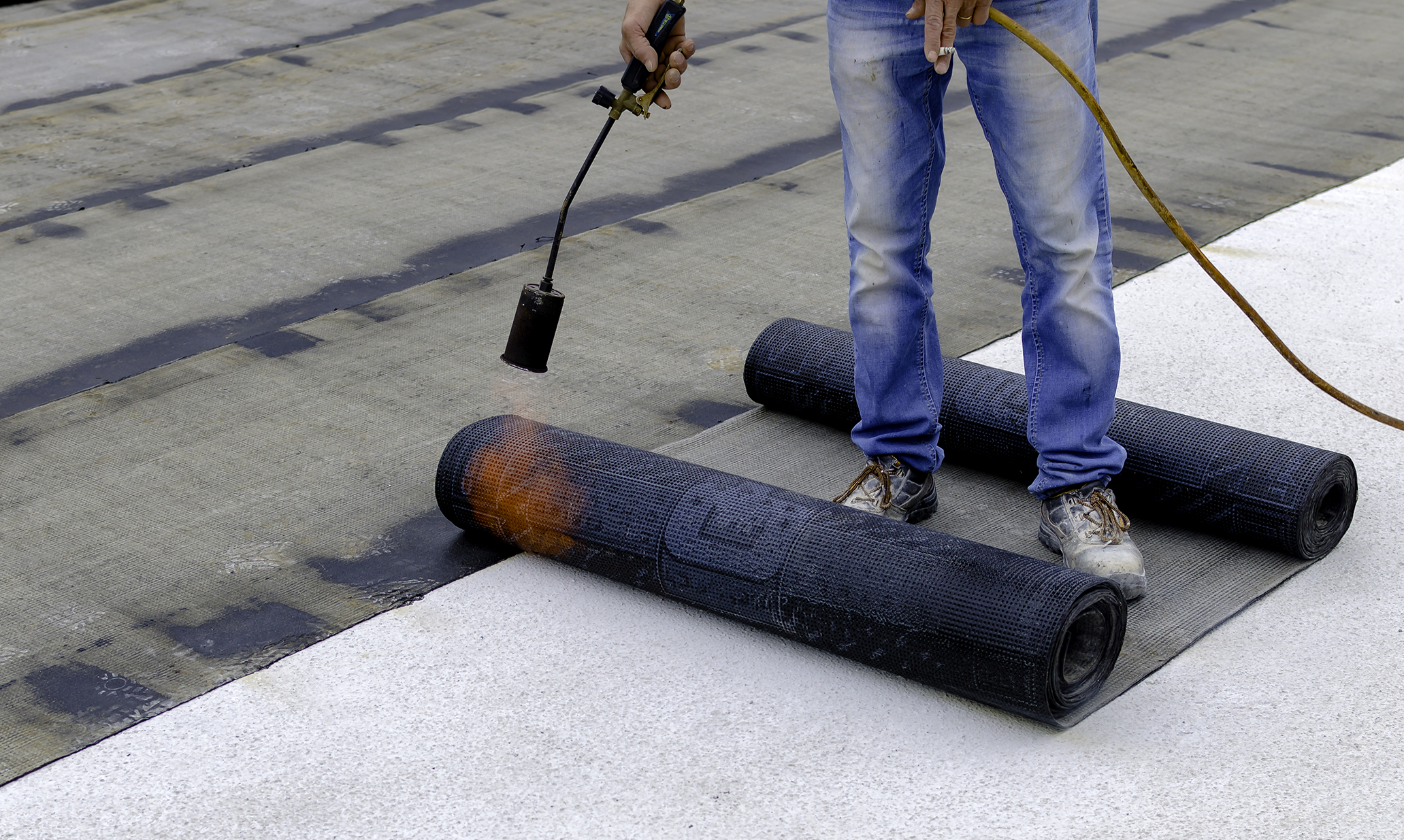
For health reasons
Mould growth is a common waterproofing problem that is difficult to correct. If a building has a wooden structure, moisture from the penetration of water will lead to rotting or the delamination of wood.
Mould spores are a significant health hazard. Exposure to this can lead to allergies, asthma, irritation and fungal infections. After studying several cases, WHO issued a report on this issue, which states that water leakage in buildings poses a health hazard, and about 50 terrible diseases are caused by damp stains on the wall.
More energy efficient
If a building is not waterproofed, moisture and water can easily get into the building. This will lead to temperature changes. The HVAC (heating, ventilation and air conditioning) systems then need to work harder, consuming more energy to compensate for the flux in temperature, consequently increasing your electricity bills as well.
Increases lifespan
The durability of the building materials in a building’s structure can be hampered through extensive water damage and seepage. Waterproofing helps a great deal in keeping water out, consequently providing the maximum service life for the commercial space and promoting comfort.
Retain the property value
Water ingress into a building can lead to substantial damage (concrete cancer) that is expensive to repair. Unless the harm done to the structure is detected early enough for efficient repairs to take place, it can significantly devalue the property.
The risk of water seepage is significantly reduced by having a professional waterproofing system in place.
All buildings require regular maintenance to protect them from damage caused by water so it is wiser to invest in preventive risk measures than to pay for damage repairs.
Types of waterproofing
Over the years it has been established that minor problems associated with moisture, seepage and leakage can be effectively resolved and prevented by using good quality materials by skilled craftsmen.
Cementitious waterproofing
One of the most popular ways to repair minor waterproofing issues is with the use of cement. The required materials can be easily bought from a manufacturer of masonry products. And they’re easy to mix and apply.
This is generally the best option for areas that contain a lot of moisture, around toilets and showers. It is a robust solution, best implemented on the interior of a building, because it does not expand or contract due to the change in environment. If used outdoors, it is essential to apply an additional UV-resistant safety coating over it as cementitious waterproofing is not UV resistant.
Bituminous coating waterproofing
Bituminous coating is another popular choice for waterproofing a building. This type of coating is also called asphalt coating by many. It is flexible, similar to the liquid membrane but uses a different formulation which makes it better for adhesion to certain materials. This method is widely used on foundations made of concrete.
When exposed to sunlight for a considerable length of time however, the coating gets frail and brittle. Keep in mind, if this type of waterproofing is used on areas that are regularly unshielded from sunlight, it is mandatory to use a modified version of this coating. Either mixed with polyurethane or acrylic acid-based polymers, which are very flexible.
Bituminous membrane waterproofing
This is a self-adhesive type of waterproofing membrane used traditionally on low-sloped rooftops. They are comprised of self-adhesive materials such a polymer, asphalt and fillers. An extra mix of resins and oil can enhance the adhesive property.
Similar to cementitious waterproofing, the bituminous membrane is not resistant to UV, so when it is being applied it is crucial to use a safety creed over it. Otherwise, cracks can occur within a couple of years of application, leading to costly repairs.
Polyurethane membrane waterproofing
Particularly popular for flat roofs, this method offers a high degree of flexibility, making it suitable for a wide variety of applications. Worthy of mentioning, this flexibility does come with a hefty price tag.
The professional evaluation of moisture content in concrete slabs is required as polyurethane membranes are sensitive to moisture. If not handled with care and used upon the correct surface, the layer could peel off and cause de-bonding within a few months.
Today, advances in waterproofing materials and technologies have revolutionised the modern construction industry, not only with their ease of use, but also with greater durability and smaller and lighter aspects of maintenance. There is also a lot of research in the world to prevent water from entering the structure.
